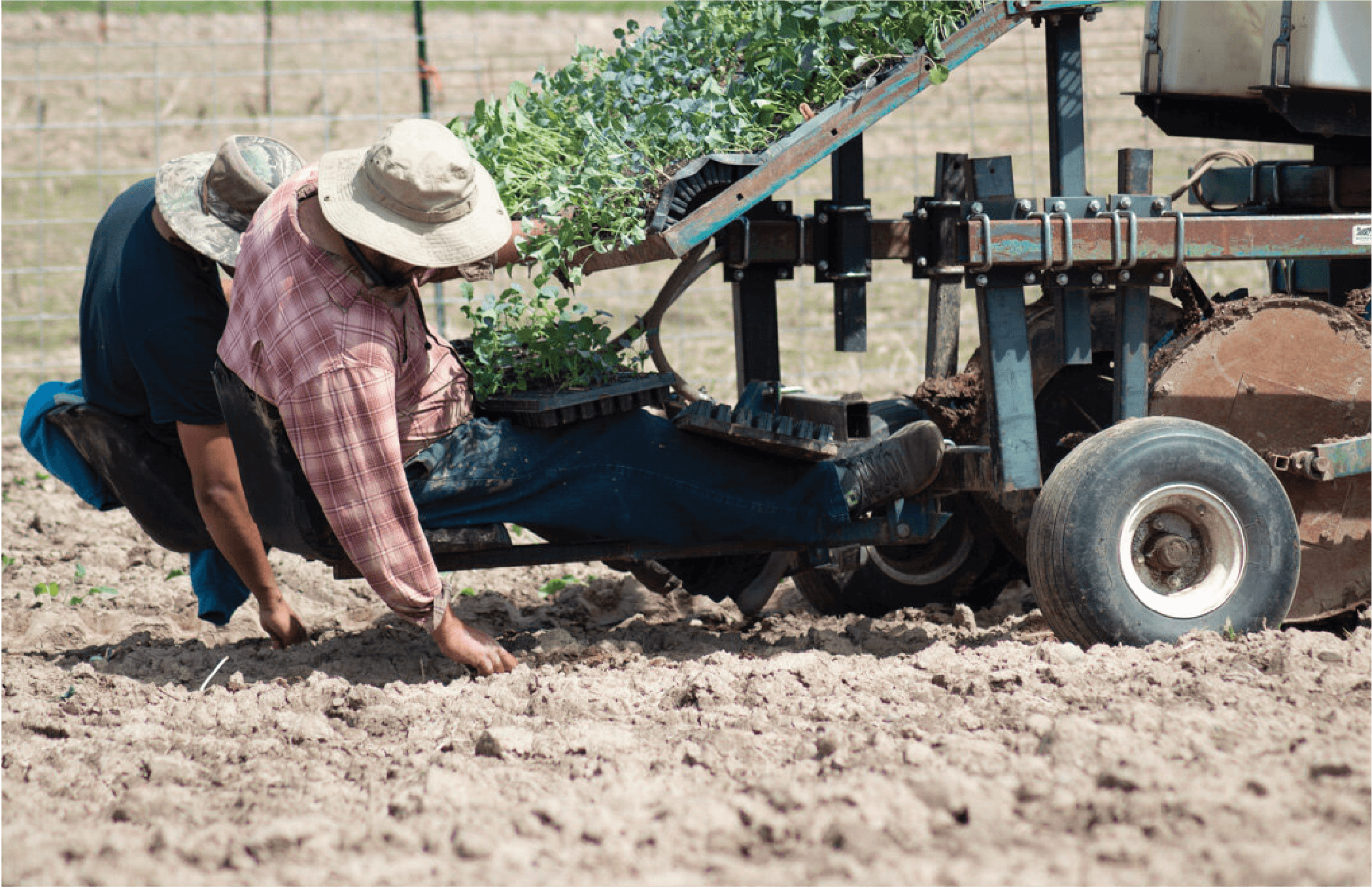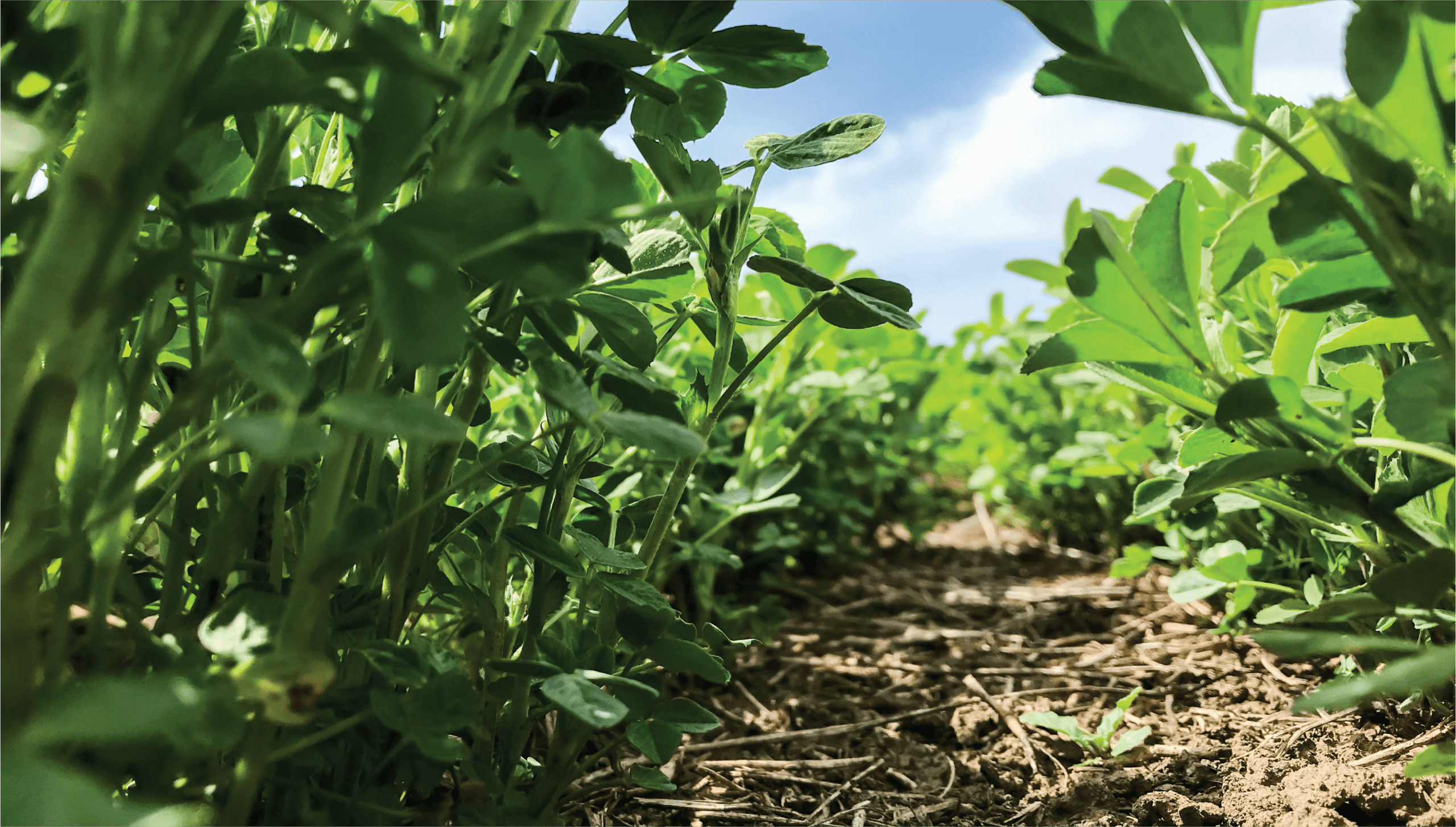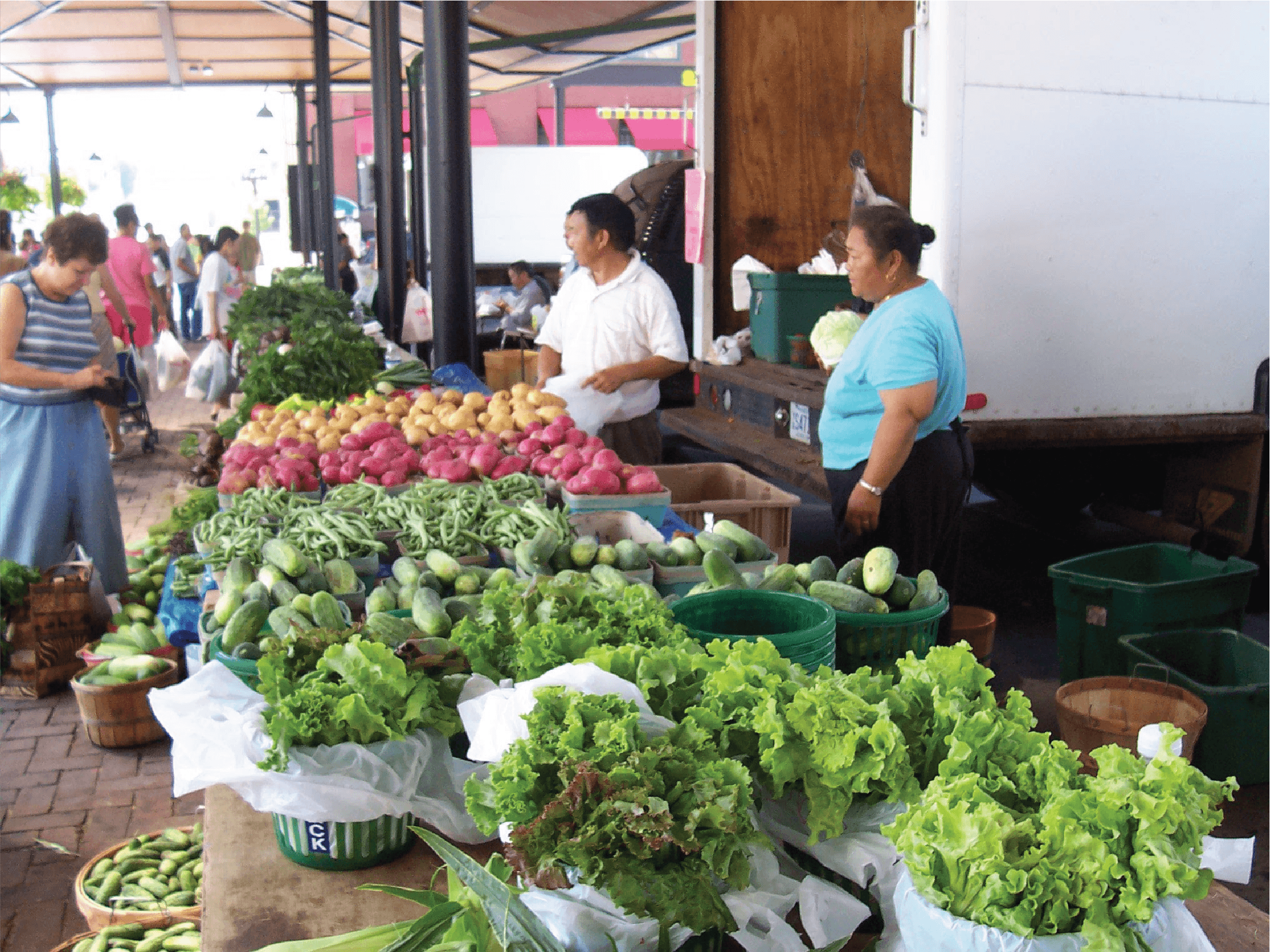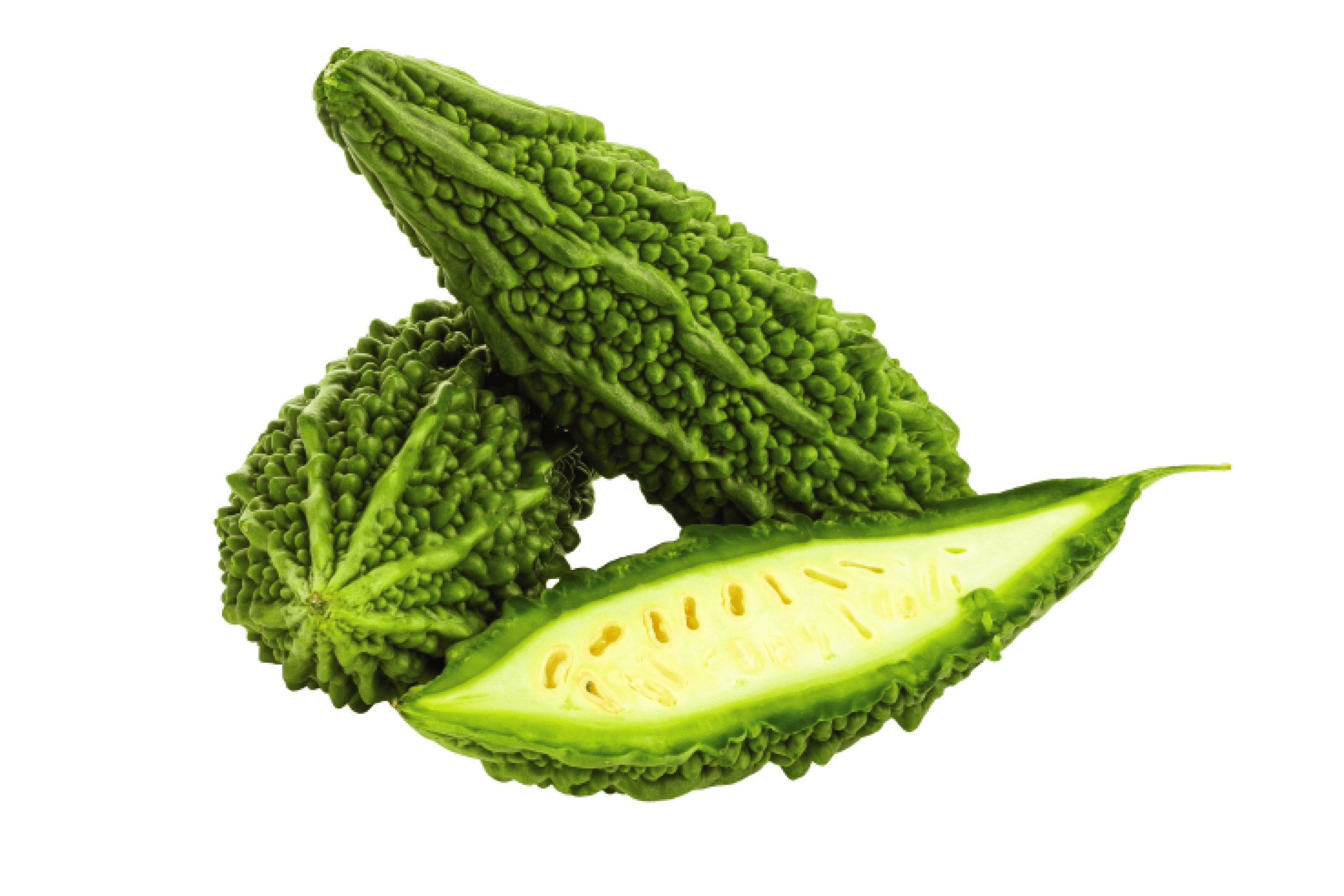The Many Faces and Stories of Minnesota Agriculture


Rodrigo Cala
Rodrigo Cala was born in Mexico City, Mexico where he learned how to farm from his mother. When Rodrigo moved to the United States in 1996, he would often look for the herbs his mother grew in Mexico to add to dishes he was cooking, like Verdolagas or Mexican Parsley and squash blossoms. He could rarely find them though, and when he did they were very poor quality. This caused Rodrigo and his brother to begin thinking about starting their own farm.
Through a lot of hard work, taking classes and training about how to farm and be successful, Rodrigo now owns a 46 acre farm near Turtle Lake, Wisconsin. Rodrigo is passionate about the health of the earth and the climate. He has certified 17 acres of his farm as organic. Organic crops must be grown in ways that protect soil and water quality. Most synthetic (human-made) herbicides and pesticides are forbidden to be used. Rodrigo uses cover crops, inter-cropping (growing different plants together that work together, like squash, beans and corn), and solarization, which is the practice of laying plastic sheeting down on the ground, to help control weeds and pests.
Rodrigo also grows Mexican Marigolds for Dio De Los Muertos, an important celebration in Hispanic culture. Rodrigo is constantly learning new techniques and meeting new people to help him become a better and more profitable farmer. He believes the best skill you can have as a farmer is a passion to learn and work hard.


Wendelin Grimm
In 1859, German immigrant farmers Wendelin and Julianna Grimm purchased a plot of land in northern Carver County near what is now Victoria, MN. Among the possessions they brought from their native land was a small wooden box containing alfalfa seeds, which they planted on their farm. For the next fifteen years, Wendelin Grimm collected and planted seeds from the alfalfa plants that survived the harsh Minnesota winters.
Today, Grimm Alfalfa is the source of all modern varieties of alfalfa. It is grown on more than 25 million acres in the United States. The Grimm Farm is open for tours and contains modern exhibits that tell the story of how Grimm Alfalfa came to be the important plant it is today.

What animals eat alfalfa?
Alfalfa is an important food source for livestock, especially dairy cattle. Mr. Grimm's work with winter hardy alfalfa was one of the reasons Minnesota grew to be a top dairy state.

The Hang Family
The Hang Family Farm is a Hmong (pronounced muhng) family farm operated by Wang Ger and Phoua Thao Hang. Hmong people are an ethnic group who historically live in China, Laos, Thailand, Myanmar and Vietnam. During the Vietnam War, Wang Ger fought alongside the United States soldiers. When the war ended, Wang Ger and his family fled to Thailand and later immigrated to the Unites States. The Hang family made their home in St. Paul in 1986 and began farming due to their deep farming experience in Laos.
They began growing cucumbers to pickle and sold them to earn additional income. Currently, the Hang family farms on the Hmong American Farmers Association (HAFA) near Hastings, MN where they grow foods an array of fruits and vegetables that are native to the country of Laos such as, mustard greens, bitter melon, lemon grass and ginger.

Photo courtest of Lillian Hang

The Hangs sell their produce at the St. Paul Farmers Market and in many school districts as part of the Farm to School program. The Hangs enjoy farming because of the people, the exercise, access to fresh locally grown produce and because it is their way of life.
